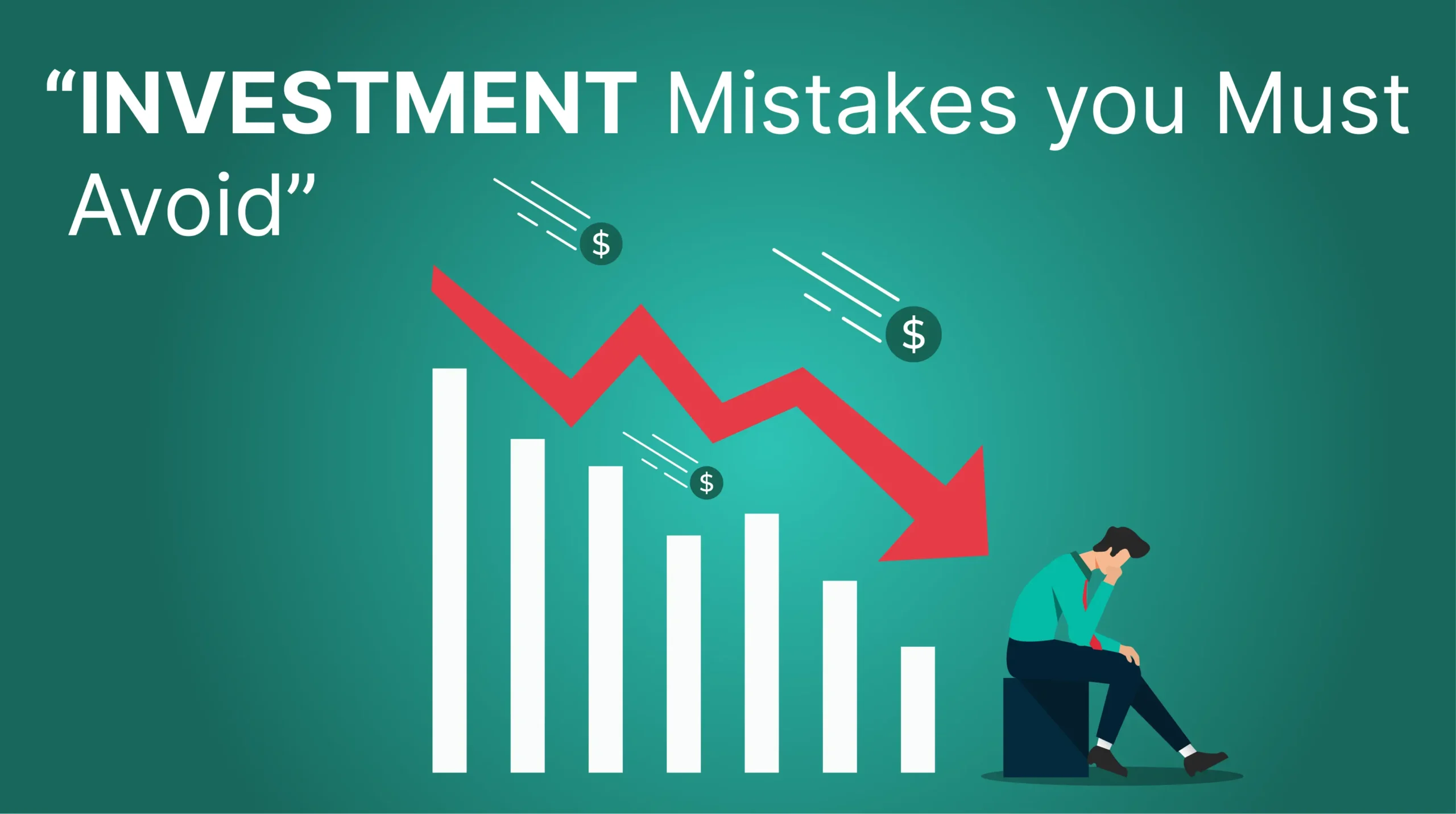
Navigating today’s market can feel like solving a puzzle. With interest rates fluctuating, inflation sticking around, and economic growth slowing, income-focused investors are hunting for stability. High dividend stocks, known for providing consistent income, have become a popular choice for many. But are they worth your attention right now?
Key Points
- Evaluate the sustainability of payouts before investing.
- Consider sectors that benefit from current economic trends.
- Avoid chasing excessively high yields that may signal risk.
- Diversify to protect your portfolio against sector-specific risks.
- Monitor macroeconomic factors to spot opportunities in income-generating investments.
What Are High Dividend Stocks?

Companies paying dividends often prioritize returning value to their shareholders. High dividend stocks stand out for their above-average payout rates, attracting those who seek steady income or long-term growth. Investors looking for detailed market trends can explore TradingView and their recent updates.
Why High Dividend Stocks Are Attractive Right Now
In a world with rising costs and uncertain returns on other assets, stocks offering dividends seem like a safety net. Dividends can act as a buffer against volatile markets. They also appeal to retirees or others who need cash flow without selling assets.
Key reasons for their popularity include:
- Reliable Income: Dividends often provide consistent income, even during economic downturns.
- Better Returns in Low-Growth Economies: When growth slows, income-generating stocks outperform speculative ones.
- Portfolio Stability: Companies paying dividends tend to have strong financial health, adding stability to a portfolio.
Red Flags to Watch Out For

Not all high-payout stocks are equal. Some may look promising but hide risks. Watch out for:
- Unsustainable Payouts: High payout ratios may indicate that a company stretches its profits, risking future dividend cuts.
- Sector Concentration: Industries such as utilities or real estate investment trusts often dominate high-income stocks. Concentrating in these sectors may expose your portfolio to risks like regulatory changes.
- Economic Headwinds: Interest rate hikes or inflation could hurt sectors like utilities or telecommunications, making their payouts less attractive.
How to Analyze a Stock for Dividend Sustainability
To ensure you invest in companies that deliver reliable income, look for:
- Payout Ratio Below 60% – This shows a company reinvests enough earnings to maintain growth.
- Strong Free Cash Flow – Companies with consistent free cash flow have the financial muscle to sustain dividends.
- Steady Revenue Growth – Avoid companies with shrinking revenue that may struggle to pay future dividends.
Sectors Thriving in Today’s Market

The choice of sector matters. Focus on industries positioned to weather economic shifts:
- Energy: Rising oil and gas prices support payouts in energy stocks.
- Healthcare: Aging populations keep demand for healthcare services steady, making payouts in this sector reliable.
- Consumer Staples: Everyday essentials ensure stable revenue streams.
When to Avoid High Dividend Stocks
Some scenarios make dividend-paying stocks less appealing:
- When Rates Rise – Bonds offer safer yields during rising rate environments, reducing the appeal of stocks.
- Chasing High Yields – Excessively high yields often signal financial trouble. Focus on reasonable yields that match the company’s fundamentals.
- Economic Recessions – Certain sectors may cut payouts during downturns to preserve cash flow.
Common Mistakes to Avoid When Investing in Dividend Stocks

Many investors fall into the trap of chasing yields without assessing the underlying risks. A high payout ratio might seem attractive but can indicate a company’s inability to reinvest in growth. Another mistake is ignoring diversification. Concentrating too heavily on one sector increases exposure to risks like regulatory changes or market downturns.
Timing also matters. Buying high dividend stocks at inflated prices can lead to capital losses that negate the income benefits. Conducting a thorough analysis, focusing on sustainability, and maintaining diversification are key to avoiding these pitfalls.
Steps to Build a Balanced Portfolio
A diversified portfolio guards against risks tied to specific sectors or economic shifts.
- Allocate a portion to income-generating stocks.
- Balance with growth-focused stocks for long-term gains.
- Include bonds and alternative assets to reduce risk.
Strategies to Maximize Returns
Maximizing returns requires more than picking stocks with high yields. Follow these tips:
- Reinvest Dividends: Automatically reinvesting payouts compounds growth over time.
- Focus on Dividend Growth: Stocks with steady increases in payouts offer better long-term returns.
- Avoid Over-Concentration: Don’t put all your capital into one or two high-yield sectors.
Should You Invest Now?

The answer depends on your financial goals and market outlook. High dividend stocks can fit portfolios focused on stability and income. Investors aiming for growth may prioritize companies reinvesting profits instead.
Consider these factors:
-
- Economic Indicators: Monitor interest rates and inflation.
- Risk Tolerance: Assess whether you can handle potential declines in capital value.
- Time Horizon: Decide if income generation aligns with your short- or long-term plans.
How Economic Trends Influence Dividend-Paying Stocks
Macroeconomic trends shape the performance of dividend-paying stocks in significant ways. Rising interest rates often create competition between income-generating equities and fixed-income assets like bonds. When rates rise, dividend-paying stocks can lose some appeal as investors shift toward safer alternatives. However, sectors like utilities or energy might still attract interest due to their resilient cash flows.
Inflation also plays a critical role. Companies that can pass higher costs to consumers are better positioned to sustain payouts. Monitoring economic indicators like GDP growth and consumer confidence helps identify sectors likely to thrive in challenging conditions.
The Role of Dividend-Paying Stocks in Retirement Portfolios
For retirees, dividend-paying stocks provide a dependable income stream without the need to liquidate assets. They allow investors to maintain a steady cash flow, even during market fluctuations. Companies with a history of increasing payouts, often referred to as “dividend aristocrats,” are particularly appealing for retirement portfolios.
Careful selection matters. Focus on sectors less affected by economic volatility, such as healthcare or utilities. Diversifying income sources ensures financial security and mitigates risks associated with overreliance on one sector.
Conclusion
Starting investing early gives a lot of financial benefits when you retire. Investing in high dividend stocks offers benefits like reliable income and portfolio stability, especially during uncertain times. However, not every stock fits every portfolio. Prioritize sustainability, avoid excessive yields, and stay diversified.
Before jumping in, evaluate the economic landscape and your financial goals. With careful planning, you can make income-generating stocks a valuable part of your investment strategy.












